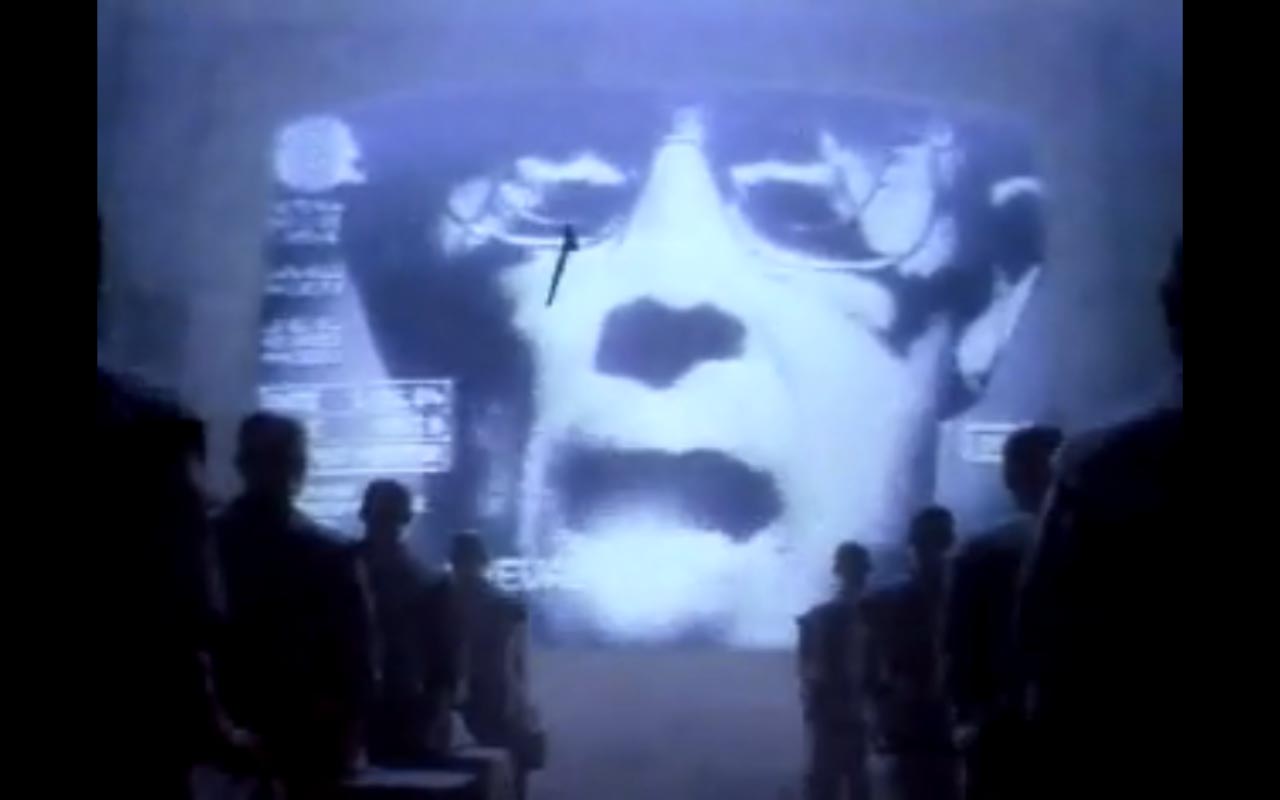
How Apple’s 1984 ad rewrote George Orwell
As the Design Museum’s new California exhibition opens we look back at one seminal Apple Macintosh ad
Few dates possess as strong a cultural resonance as 1984. Orwell’s novel, dystopian fantasy of a state-controlled world still looked like a distinct possibility, when that year came to pass. The Cold War ground on, the Soviet Union seemed implacable, and the totalitarian threat to individualism seemed as present then as it did when the book was first published, in 1949.
However, 1984 also saw the arrival of one simple machine that would champion the individual over the state: the Apple Macintosh. Here’s how the Design Museum's Justin McGuirk takes up the story in new book, California: Designing Freedom.

“Apple’s 1984 Macintosh was the breakthrough that really set the computer on course to becoming a household object. Developing on Xerox’s innovation of the graphical user interface, Apple introduced the system of windows, folders, drop-down menus and a set of icons by Susan Kare – a cursor, a trashcan – that remain mainstays of computing to this day. It was not just the portable size of the Macintosh but its UI design that enabled Apple to frame this product, in a Ridley Scott-directed TV ad, as a victory for the individual hero over a faceless, Orwellian authority – as a tool, in other words, of personal liberation.
Apple’s nascent User Interface design was important. Yet the product’s presentation was important too. Computers had, up until relatively recently, been developed by governments, and marketed as business machines.
Apple’s 1984 commercial aired only once nationally, during the 1984 Superbowl. It wasn’t well-liked by the Apple board, and following a pre-screening, the company tried to sell off its coveted TV slots. Nevertheless, the commercial, taking Orwell’s story and patching in a distinctly Hollywood happy ending, serves as a neat reminder of how the West Coast changed the course of the late 20th and early 21st century, championing freedom and individual desires over groupthink.
For more on California’s design legacy pre-order a copy of California: Designing Freedom here.